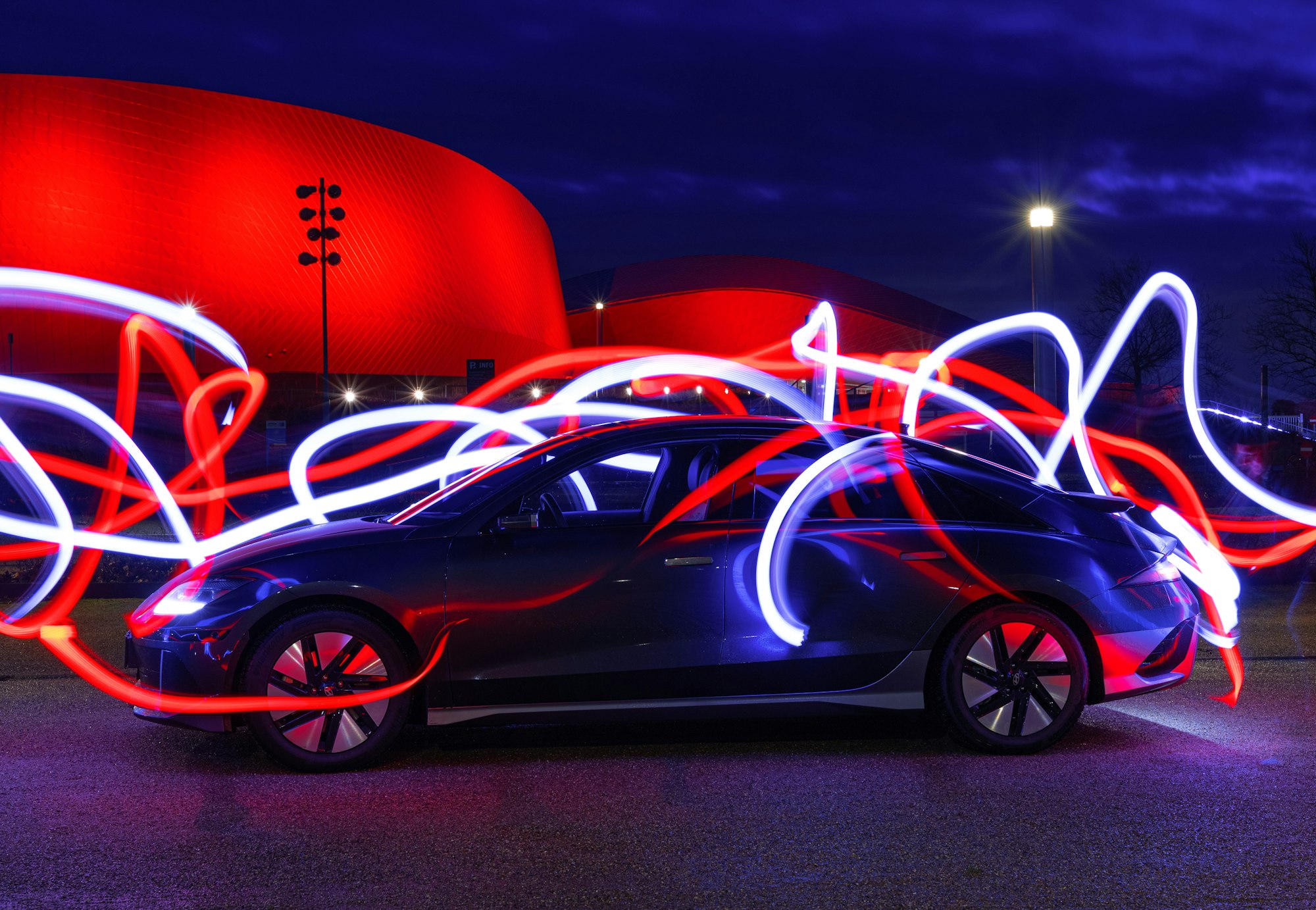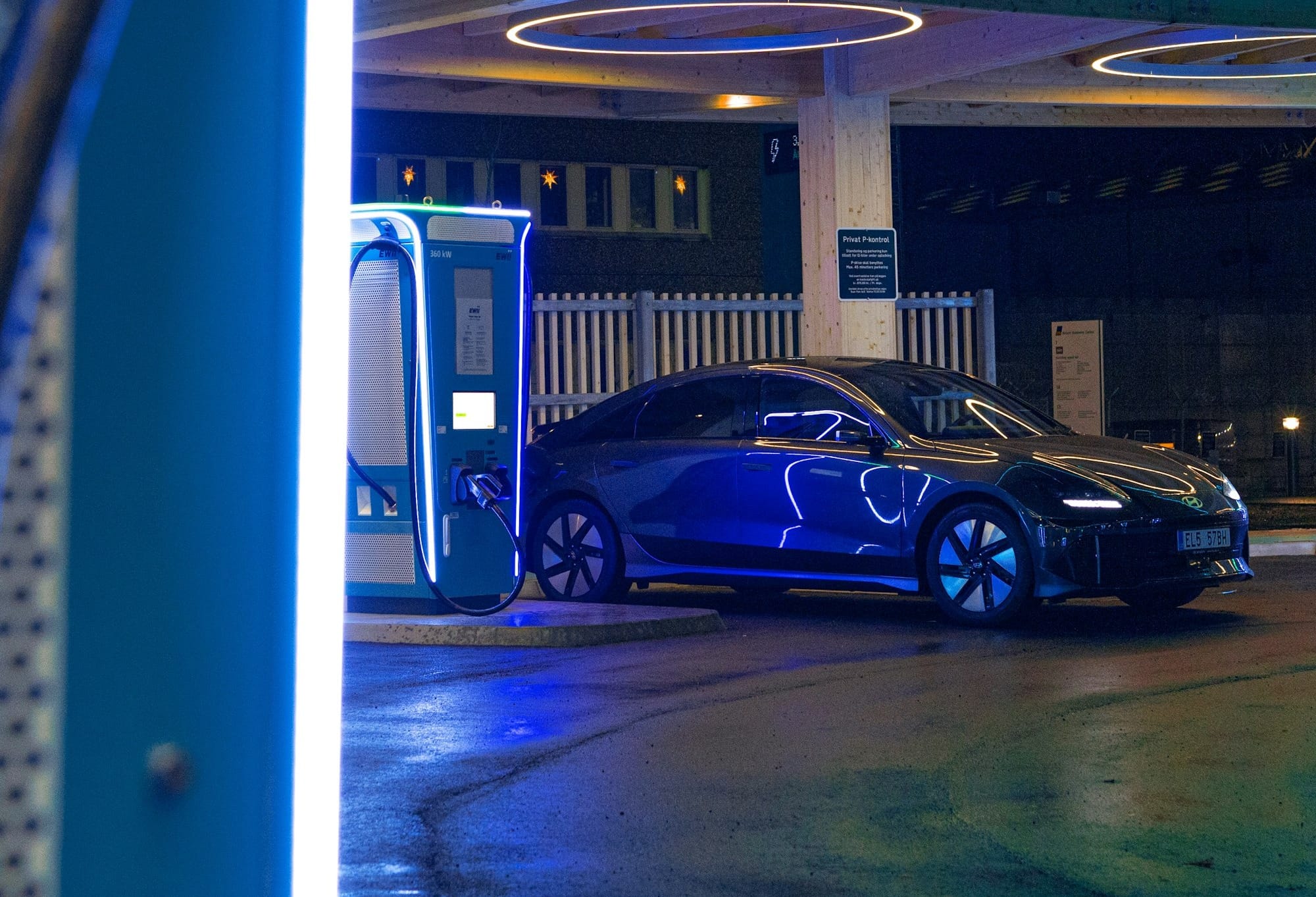Global EV sales to reach 11.6 million in 2024
Despite the EV auto industry navigating a challenging landscape, it is expected to continue to drive transformation in the auto industry.
- Global EV sales in 2024 reached 11.6 million units, 13.2% of all light vehicles.
- S&P forecasts a 30% increase in EV sales to 15.1 million units in 2025.
- China leads with 26.6 million EV sales projected in 2025, accounting for 58% of passenger vehicle sales.
Global shipments of electric vehicles (EVs) reached an estimated 11.6 million units in 2024, capturing 13.2% of light vehicle sales.
According to S&P Global Mobility, this momentum is set to continue in 2025, with EV sales forecasted to rise by 30% to 15.1 million units, increasing their market share to 16.7%. Despite geopolitical uncertainty, shifting subsidies, and affordability concerns, EVs are expected to remain a critical growth sector for the automotive industry.
China is expected to lead the charge, with 26.6 million EVs forecasted for 2025, supported by generous subsidies, tax exemptions, and cheaper batteries. Europe’s growth will stabilize at 15 million units, constrained by tapering subsidies and economic pressures. Meanwhile, the U.S. market is projected to cross the 10% mark for the first time in 2025, with EVs reaching an 11.2% market share.

However, the S&P report notes that incoming U.S. policy changes under President-elect Donald Trump could disrupt the EV landscape. Plans to eliminate federal EV tax credits and impose a 30% tariff on Chinese imports are expected to increase costs.
In addition to EV growth, global vehicle sales are expected to rise by 1.7% in 2025, reaching 89.6 million units, led by China (+3%) and Japan (+5.4%).
While vehicle sales rise, production levels are expected to decline slightly, falling 0.4% to 88.7 million units. North America and Europe facing reductions due to tariffs and stricter emissions rules, shrinking by 2.4% and 2.6% respectively. China’s production remains stable, supported by robust domestic demand and strong exports, though new EU tariffs on Chinese-made BEVs could temper growth.
S&P highlights that the pace of EV adoption in 2025 will increasingly rely on natural market demand as governments reevaluate incentives and industrial policies. While challenges persist—ranging from affordability concerns to charging infrastructure gaps—initiatives like China’s NEV program and Europe’s "Fit for 55" plan provide a roadmap for sustainable growth.
Looking ahead, EVs are poised to remain a key driver of transformation in the automotive industry, however, the road to electrification will require automakers to navigate a complex interplay of policy, market dynamics, and global trade barriers.








